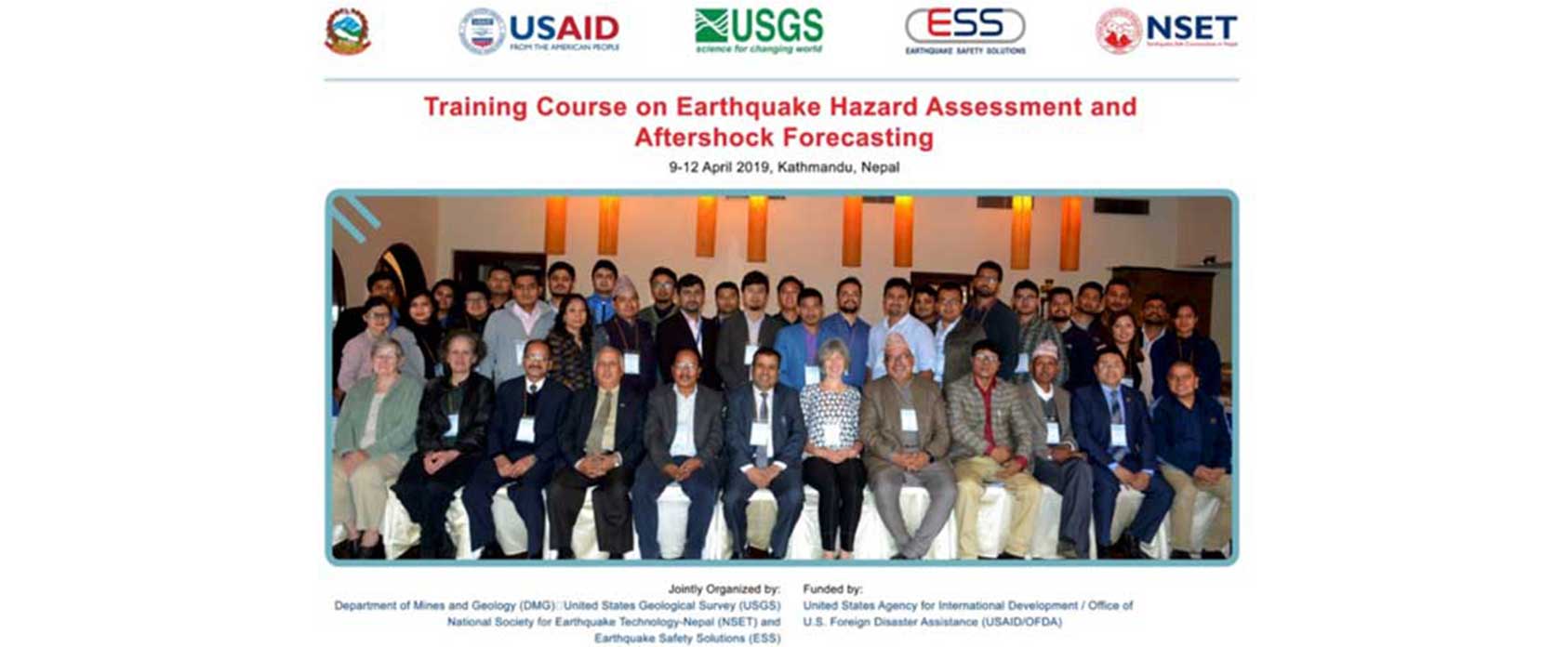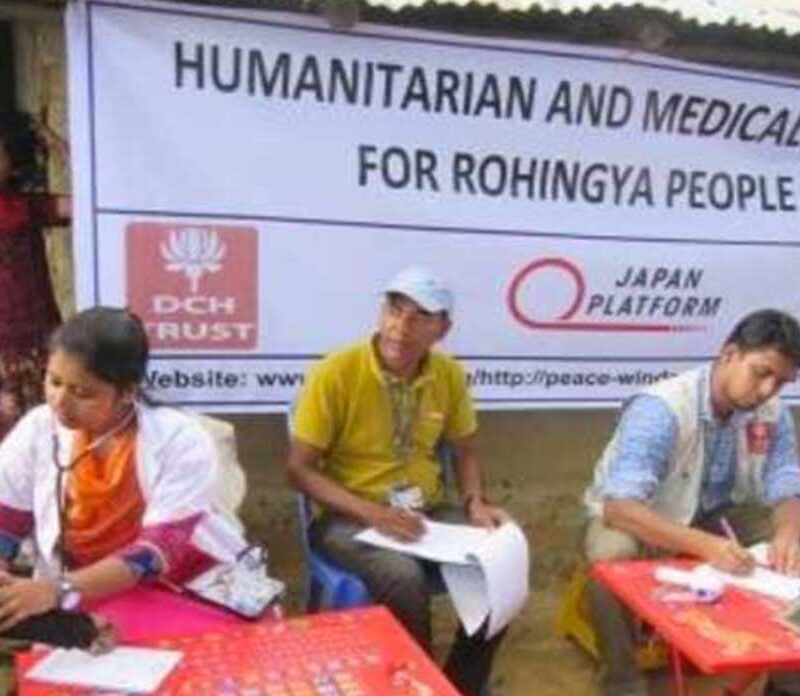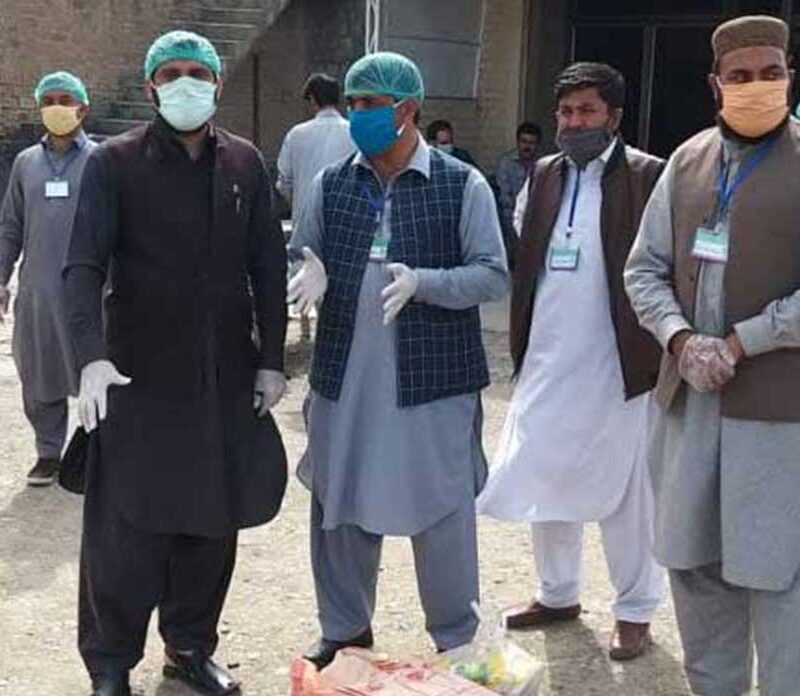
A training on “Earthquake Hazard Assessment and Aftershock Forecasting” has been held in Kathmandu during April 9-12, 2019. The main objective of the program has been to enhance knowledge on earthquake hazard and forecasting aftershock in Nepal. A total 35 participants from government agencies, academia, NSET and ESS participated. A team of facilitators including experts and senior professionals from Nepal Government, Academia, NSET and USGS conducted the course.
The course covered various topics and issues: Hazard in Nepal, Sources, Paleoseismology and Historical Earthquake; Nepal earthquakes, catalogue and processing; Site characteristics: Experience of Gorkha Earthquake; Site effects from analysis of spectral ratio and numerical simulation; Comparison of observed and predicted ground motion; Seismic microzonation; PSHA: How it is prepared?; and Aftershock forecasting.
The four-day training was jointly organized by Nepal Government’s Department of Mines and Geology (DMG), United States Geological Survey (USGS), National Society for Earthquake Technology-Nepal (NSET) and Earthquake Safety Solutions (ESS) with the support from Office of U.S. Foreign Disaster Assistance (USAID/OFDA). The training is a part of ongoing collaborative effort of organizing partners in association with various academic institutions and agencies.
Also, as a part, a half -day seminar on “Aftershock Forecasting” organized on April 11, 2019 targeting for the participants from media, government offices, academia and DRR community. The seminar was focused on basics of aftershock forecasting, principles, methods and tools.
After the 2015 Gorkha Earthquake and subsequent aftershocks, earthquake phenomena have been much discoursed in public, academic and scientific communities in Nepal. There is a felt need of building better scientific understanding and enhanced civic education on seismic phenomena in Nepal.



